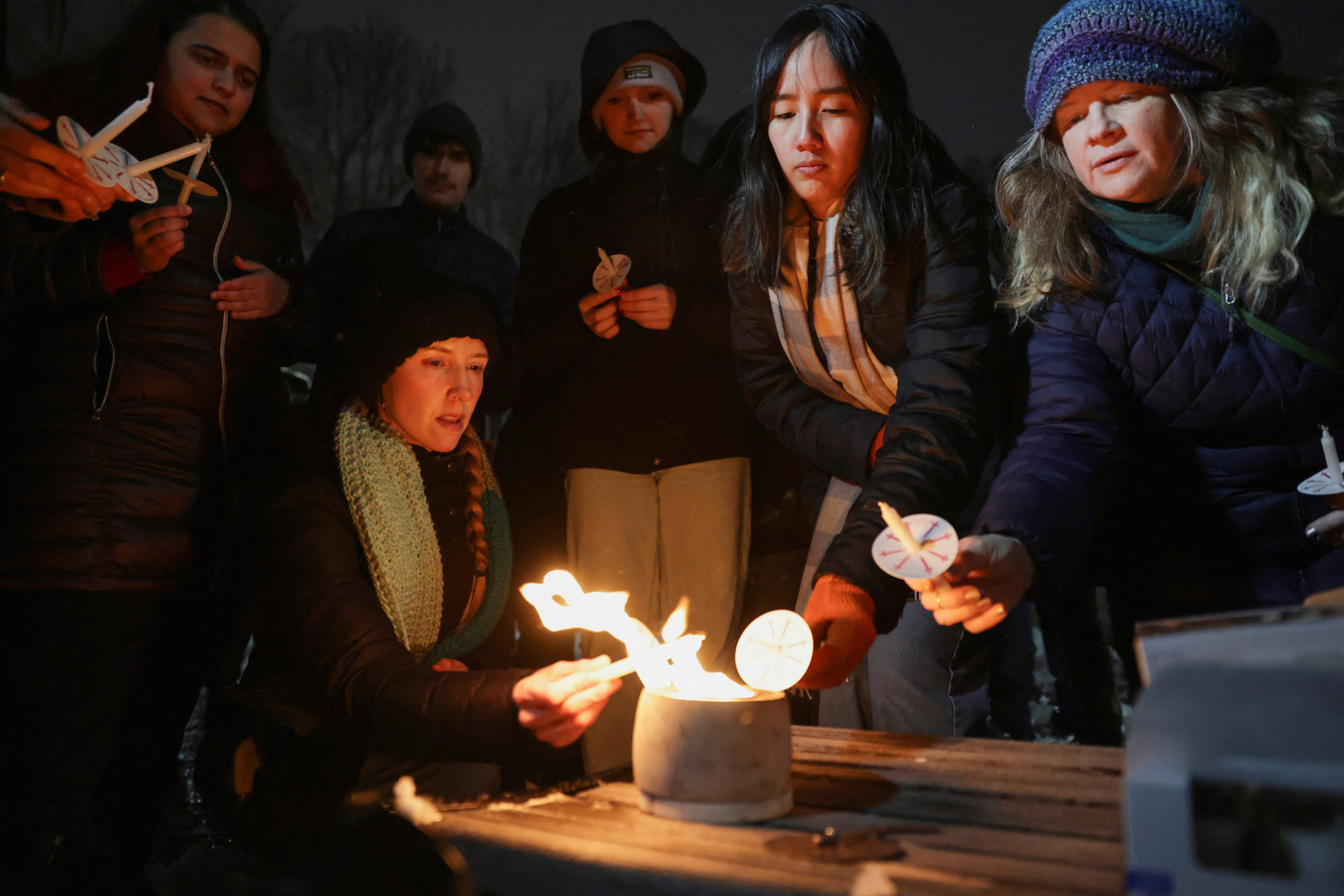What’s the future of synodality after the synod?

Next steps for implementing ideas and expectations surfaced by the synod begin with discerning final document

Julia McStravog compared the days immediately following the end of the Synod on Synodality’s second assembly to a “bye week” in football — a period of rest and recollection before the work continues.
The synod’s 400-some participants from six continents, including more than 350 voting delegates, have just spent four weeks in Rome and Vatican City. In the days following the closing Mass Oct. 27, they traveled home, reacclimating to their typical routines and responsibilities.
After completing their work and approving the synod’s final document, this transition time “gives this space that’s necessary for the learning, the thinking, the understanding, the contemplation, the discernment — and also just giving their brains a break,” McStravog said Oct. 30. “They did a whole lot of work over the past month. … Next week will be the beginning, the start of the implementation.”
McStravog is the U.S. Conference of Catholic Bishops’ senior adviser for the synod and has worked closely with the U.S. delegates as they’ve participated in two monthlong assemblies for the 16th Ordinary General Assembly of the Synod of Bishops — the first in October 2023, and the second completed Oct. 27. She also works with diocesan leaders endeavoring to implement synodal principals in their local churches.
“Even though we have this document and the synod is over, synodality is not over,” McStravog said.
The next steps for implementing the ideas and expectations surfaced by the Synod on Synodality begin with discerning the synod’s final document, which synod delegates approved via a paragraph-by-paragraph vote Oct. 26. The final document has 155 paragraphs. “That’s not a small document,” McStravog said.
The U.S. bishops are expected to receive an update on the synod when they meet Nov. 11-14 for their annual fall plenary assembly in Baltimore.
McStravog, who holds a doctorate in Catholic studies with a dialogue focus from La Salle University in Philadelphia, cautioned against expectations that the synod will result in major immediate changes in the U.S. Church.
“It’s going to take a long time to implement a document as long and as complex as this, and to really continue to feed the work that’s been happening on the ground and at the local churches and parishes in the diocese, and how to support that, too,” she said.
Twelve U.S. bishops also ministering in the states were delegates to this year’s synod assembly: Bishop Robert E. Barron of Winona-Rochester, Minnesota; Archbishop Timothy P. Broglio of the Archdiocese for the Military Services USA; Cardinal Blase J. Cupich of Chicago; Archbishop Paul D. Etienne of Seattle; Bishop Daniel E. Flores of Brownsville, Texas; Cardinal Wilton D. Gregory of Washington; Archbishop William E. Lori of Baltimore; Cardinal Robert W. McElroy of San Diego; Cardinal Seán P. O’Malley of Boston; Bishop Kevin C. Rhoades of Fort Wayne-South Bend, Indiana; Archbishop William C. Skurla of the Byzantine Catholic Archeparchy of Pittsburgh; and Cardinal Joseph W. Tobin of Newark, New Jersey. Last year, Cardinal Timothy M. Dolan of New York attended in the place of Archbishop Lori. In addition, seven non-bishops were voting delegates from the United States.
This synod — formally themed “For a synodal Church: communion, participation and mission” — was the first synod to include lay men and women as voting members. The synod’s final document states that the delegates hope to be “synodal missionaries” within the communities they serve.
While synodality has often been described in metaphors such as “walking together,” the synod’s final document aims to provide a clearer definition. “In simple and concise terms, synodality is a path of spiritual renewal and structural reform that enables the Church to be more participatory and missionary, so that it can walk with every man and woman, radiating the light of Christ,” it states.
The final document addresses a wide array of topics, including the responsibility of the baptized, the role of consultative bodies such as bishops’ conferences, womens’ leadership in the Church and the importance of missionary discipleship.
“It’s not a final document on synodality, but it’s a final document on the session of the synod, with recognition that more work on synodality is going to continue to happen, and we have that timeline with the working groups,” she said. “And the pope could ask for more working groups or extend the timeline.”
In the meanwhile, McStravog encourages Catholics to seek ways to practice synodality by including “deep listening and sharing” in decision-making.
Now that the assembly is over, “it goes back to the local level,” she said.
“Synodality happens at the local level,” she said. “The local communities need to bring what they can, and do what they can, on the local level — reading all their documents together and figuring that out together, ‘what can we do, what’s inspiring us’ from these documents (and) from the synod experience that doesn’t need a papal decree to implement.”
Synodality is “the pope trying to get us all to honor each other’s dignity and doing that through a way that’s centered on listening and sharing,” she said. “The invitation has been for all the people of God, and the pope means it.”
Next steps for implementing ideas and expectations surfaced by the synod begin with discerning the final document
Subscribe to Read All St. Louis Review Stories
All readers receive 5 stories to read free per month. After that, readers will need to be logged in.
If you are currently receive the St. Louis Review at your home or office, please send your name and address (and subscriber id if you know it) to subscriptions@stlouisreview.com to get your login information.
If you are not currently a subscriber to the St. Louis Review, please contact subscriptions@stlouisreview.com for information on how to subscribe.






